 This WWII Japanese Army Aviator grouping is one my all time absolute favorite groupings. It consists of the Japanese Army flight suit, flight gloves, and flight boots. I obtained all of these items directly from the Veteran that brought them back about 15 years ago.
This WWII Japanese Army Aviator grouping is one my all time absolute favorite groupings. It consists of the Japanese Army flight suit, flight gloves, and flight boots. I obtained all of these items directly from the Veteran that brought them back about 15 years ago.
I was attending a local show in the late 1990s when a gentleman in his late 70s came up to me and started chatting. He told me that he was a WWII Veteran and that he had a box of WWII Japanese pilot items in a box out in his car. He wanted to know if I would be interested in them. I said I probably would and asked if we could go look at them. We went out to his car and in the trunk were these items stuffed in the wooden box that he had mailed them home in. The box still had his WWII military return address on it along with the WWII era postage! He told me that they had not been taken out of the box since he sent them home. I will add a picture of the box at as soon as possible.
I took all of the items out of the box, told him what they were, and made an offer to purchase all of them. He told me he wanted to walk around the show a little bit and think about it. We both went back into the show and I waited hoping he would come back. He did and he agreed to sell the items to me.
He mentioned to me that he had found these items while fighting in the Philippines during WWII. The fighting was still going on and it was difficult to mail boxes, but he said that he was friends with a runner who had the ability to mail things home for him.
During WWII, the aviation personal of the Japanese Army and Navy wore different types of uniforms. All three of these items are Japanese Army and were worn by pilots and aircrews. The flight suit is an electrically heated type. It still has the electrical prong and cord that was plugged in to heat the suit. The flight gloves are made out of a very soft suede and are fur-lined. The flight boots have rubber soles that were designed to help pilots grip their pedals.
As we were parting, the Veteran mentioned to me that he was lucky that these items had survived. He said that he had mailed home many boxes of WWII Japanese war souvenirs during the War. His family kept them for a while, but eventually got tired of all of the boxes in the basement and threw everything they could find in the trash. He said that this box had been covered up in a corner and that the family just overlooked it during the time when they were they were throwing things away.
Please keep in mind that I am interested in all types of WWII Japanese pilot and aviation items. I am especially interested in purchasing items directly from World War Two Veterans or their family members. If you have any of these items you consider selling, please contact me via the information on my War Souvenirs Wanted page.









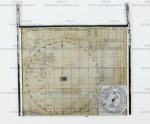

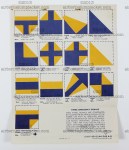










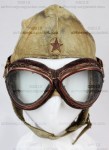

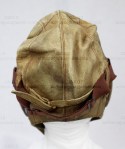




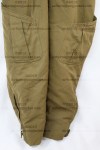





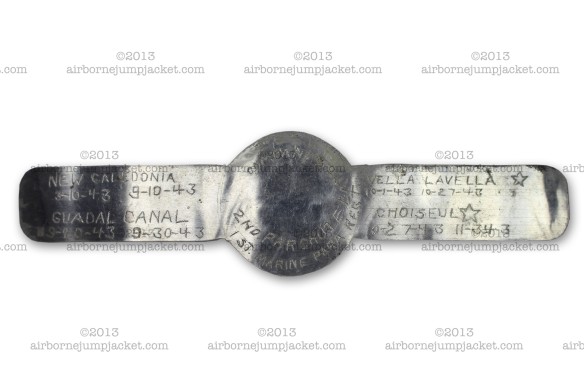






















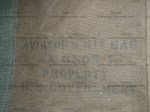


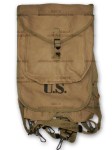




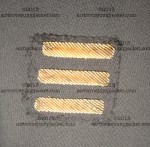




You must be logged in to post a comment.